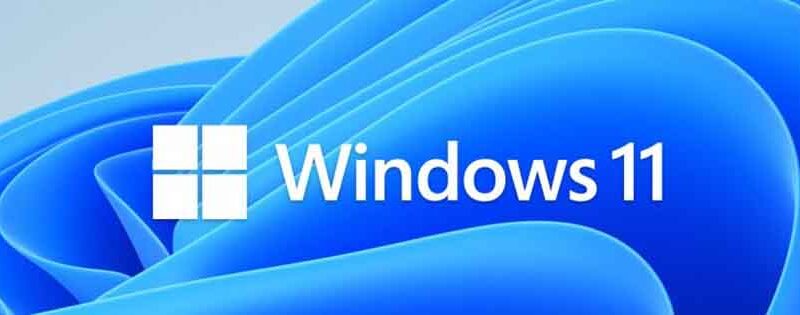Microsoft Windows 11 is the latest version of the Windows operating system. It was officially released on October 5, 2021, and is the successor to Windows 10. Windows 11 includes several new features and improvements over its predecessor, with a focus on enhancing the user experience and productivity.
Some of the new features in Windows 11 include:
- Redesigned Start Menu: The Start Menu has been moved to the center of the screen and has a new design that includes pinned apps, recommended files, and recent documents.
- Snap Layouts and Snap Groups: These features allow users to easily organize multiple windows on their desktop for improved multitasking.
- New Taskbar: The Taskbar has been redesigned with a new layout that includes a centered Start button and icons that are aligned with the Start Menu.
- Widgets: Widgets have been reintroduced in Windows 11, allowing users to access news, weather, and other information without opening a web browser.
- Microsoft Teams Integration: Microsoft Teams is integrated into the Taskbar, making it easier for users to access the communication and collaboration app.
- Improved Touch Support: Windows 11 includes new touch gestures and a more touch-friendly interface for devices with touchscreens.
- Performance Improvements: Windows 11 includes performance improvements, including faster boot times, improved battery life, and better memory management.
To run Windows 11, the system must meet certain hardware requirements, including a 64-bit processor, at least 4 GB of RAM, and a compatible graphics card. Windows 11 also requires a secure boot capable of enabling TPM version 2.0.
Minimum system requirements for Microsoft Windows 11
The minimum system requirements for Microsoft Windows 11 are:
- 64-bit processor with at least 1 GHz clock speed and 2 or more cores on a compatible System on a Chip (SoC).
- 4 GB of RAM or more.
- 64 GB or more of storage.
- DirectX 12 compatible graphics / WDDM 2.x.
- A display with at least 720p resolution, and 9″ or more in diagonal size.
- UEFI firmware version 2.0 or later with Secure Boot capable of enabling TPM version 2.0.
It’s important to note that these are the minimum requirements to install and run Windows 11, but Microsoft recommends higher specifications for optimal performance and experience. For example, a faster processor, more RAM, and an SSD instead of a traditional hard drive can significantly improve the performance of Windows 11. Additionally, some features such as Windows Hello, Cortana, and touch may require specialized hardware.

